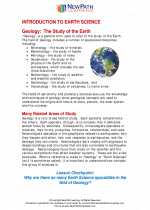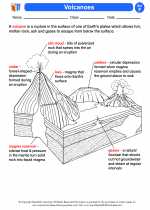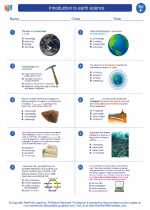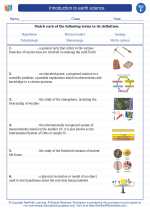Homo erectus
Definition: Homo erectus is an extinct species of archaic humans that lived during the Pleistocene epoch, approximately 1.9 million to 70,000 years ago. They are considered to be an important transitional species in human evolution.
Physical Characteristics
Homo erectus had several distinct physical features:
- Large braincase with a cranial capacity ranging from 750 to 1225 cc.
- Thicker skull bones compared to earlier hominins.
- Prominent brow ridges and a low forehead.
- Robust build with a height ranging from 5 to 6 feet.
- Sloping and thick-walled skull.
Behavior and Culture
Homo erectus exhibited several behaviors and cultural attributes:
- They were the first hominin species to migrate out of Africa, spreading to Asia and Europe.
- Used fire for cooking and warmth, as evidenced by the discovery of charred bones and hearths at their archaeological sites.
- Manufactured Acheulean stone tools, including handaxes and cleavers, indicating a higher level of cognitive and motor skills.
- Likely engaged in hunting and gathering, and may have had some form of social organization within their groups.
Significance in Human Evolution
Homo erectus is considered significant for several reasons:
- They were the first hominin species to adapt to a wide range of environments, indicating a higher level of adaptability and innovation.
- Their migration out of Africa marked a crucial stage in the dispersal of early humans across the globe.
- Their use of fire and sophisticated stone tools represented a leap in technological advancement within the human evolutionary timeline.
- They are considered a crucial link between earlier hominins and later human species, such as Homo sapiens.
Study Guide
Here are some key points to focus on when studying Homo erectus:
- Physical characteristics, including cranial capacity, skull features, and body build.
- Behavioral attributes, such as migration patterns, tool usage, and evidence of fire control.
- The significance of Homo erectus in the context of human evolution, including their adaptive capabilities and technological advancements.
- Comparison with other hominin species and understanding their position in the evolutionary timeline.
- Key archaeological sites and discoveries related to Homo erectus, and their implications for our understanding of early human history.
◂Science Worksheets and Study Guides Sixth Grade. Introduction to earth science
Study Guide Introduction to earth science
Introduction to earth science  Activity Lesson
Activity Lesson Volcanoes
Volcanoes  Worksheet/Answer key
Worksheet/Answer key Introduction to earth science
Introduction to earth science  Worksheet/Answer key
Worksheet/Answer key Introduction to earth science
Introduction to earth science  Worksheet/Answer key
Worksheet/Answer key Introduction to earth science
Introduction to earth science  Vocabulary/Answer key
Vocabulary/Answer key Introduction to earth science
Introduction to earth science  Vocabulary/Answer key
Vocabulary/Answer key Introduction to earth science
Introduction to earth science 

 Activity Lesson
Activity Lesson
 Worksheet/Answer key
Worksheet/Answer key
 Worksheet/Answer key
Worksheet/Answer key
 Worksheet/Answer key
Worksheet/Answer key
 Vocabulary/Answer key
Vocabulary/Answer key
 Vocabulary/Answer key
Vocabulary/Answer key

The resources above cover the following skills:
EARTH AND SPACE SCIENCE